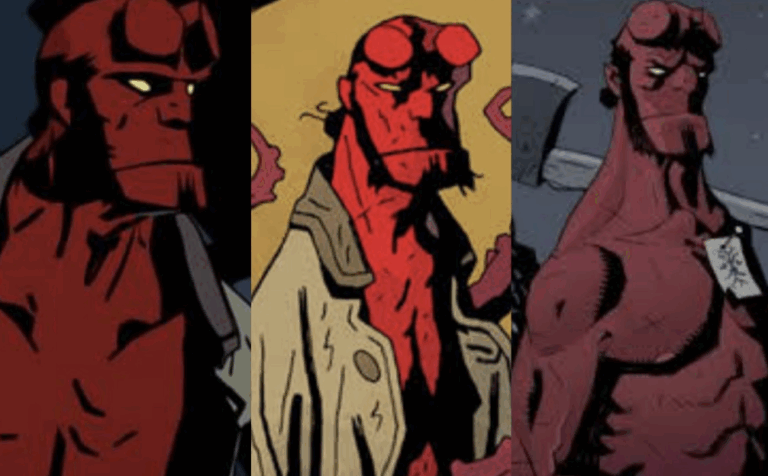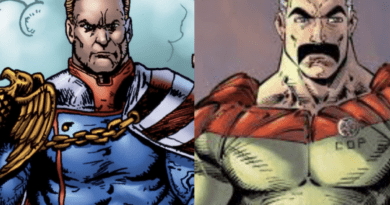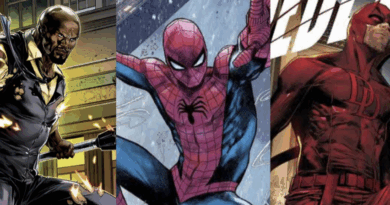Why Hellboy Remains One of Comics’ Most Enduring Heroes
Since his debut in Hellboy: Seed of Destruction in 1994, Mike Mignola’s Hellboy has stood
the test of time as one of the most beloved characters in comics. Unlike traditional
superheroes, Hellboy’s appeal lies in his unique blend of folklore, horror, and pulp adventure.
His gruff personality, deep mythology, and ever-expanding universe have helped him remain
a fan-favorite for decades.
But what is it that makes Hellboy such an enduring hero? Why has he continued to captivate
readers long after other comic book characters have faded into obscurity? Here are some of
the key reasons why Hellboy remains one of the most compelling figures in comics.
- A Hero Who Rejects His Destiny

One of Hellboy’s defining characteristics is his ongoing struggle with fate. As the “Beast of
the Apocalypse,” he was prophesied to bring about the end of the world, yet he actively
resists this destiny at every turn. Unlike many heroes who embrace their grand purpose,
Hellboy wants nothing more than to live a simple life, free from the weight of prophecy.
This tension between who he is and who he chooses to be makes Hellboy’s journey deeply
compelling. He constantly wrestles with his demonic heritage, but rather than give in, he
defies expectations, forging his own path. His story is not just about battling monsters, it’s
about personal agency and the struggle to determine one’s own future.
- A Unique Blend of Horror and Mythology
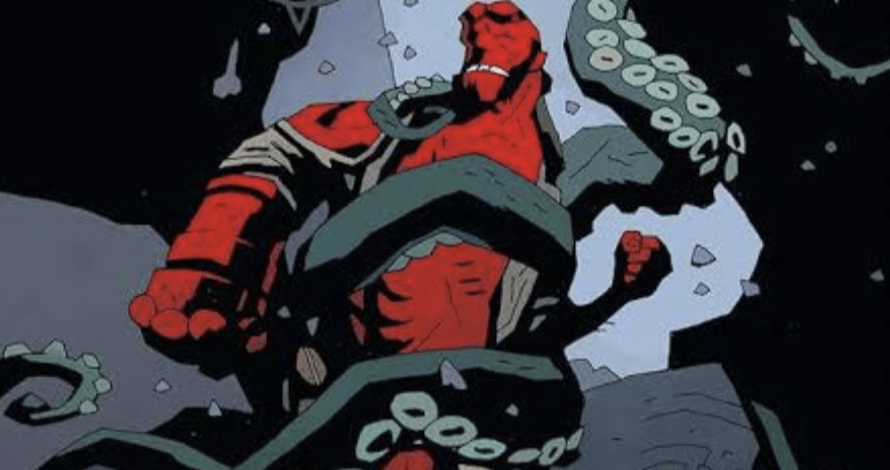
Hellboy’s world is unlike anything else in comics. Mignola’s storytelling draws heavily from
folklore, myth, and gothic horror, creating a universe that feels rich and timeless. The series
often pulls inspiration from real-world legends, from Eastern European vampire tales to
Arthurian mythology and Lovecraftian horrors.
This blending of historical myths with original storytelling gives Hellboy a distinctive
atmosphere. Each story feels like a rediscovered piece of ancient lore, making the world feel
vast and mysterious. Unlike superheroes who fight aliens or crime lords, Hellboy battles
ancient gods, ghosts, and creatures from forgotten realms.
- A Hero Who Feels Human

Despite being a demon with a massive stone hand, Hellboy is one of the most human heroes
in comics. He’s grumpy, sarcastic, and often tired of dealing with supernatural threats. He
doesn’t see himself as special or important, he’s just a guy doing a job, whether that means
punching a vampire or helping a lost ghost find peace.
Hellboy’s personality makes him easy to relate to. He reacts to strange situations the way a
normal person would, with equal parts exasperation and dry humor. His reluctance to play the
role of a grand hero makes him all the more endearing, and his interactions with others.
Whether fellow agents of the Bureau for Paranormal Research and Defense (B.P.R.D.) or the
monsters he faces are always filled with wit and heart.
- Stunning and Timeless Artwork
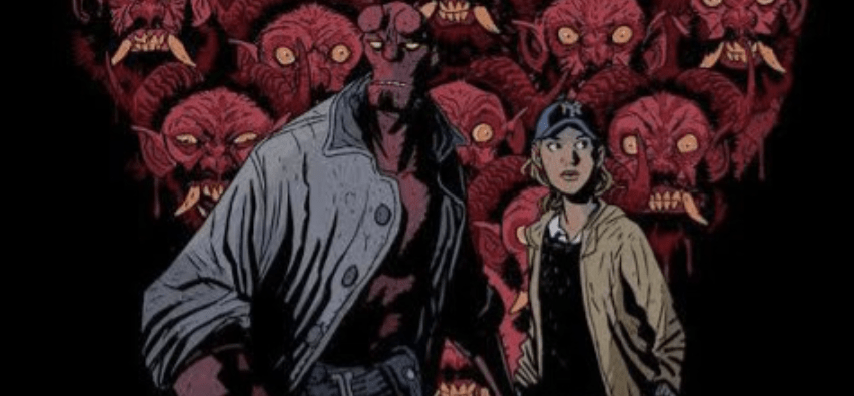
Mike Mignola’s art style is just as important to Hellboy’s success as the storytelling. His use
of heavy shadows, minimalistic detail, and stark compositions creates a sense of eerie beauty
that perfectly complements the dark folklore-inspired stories.
Unlike many comic book characters who undergo constant redesigns, Hellboy’s visual style
has remained remarkably consistent over the years. Mignola’s bold and instantly recognizable
artwork ensures that Hellboy always feels unique, even in a sea of other comic books.
- A Legacy That Keeps Growing
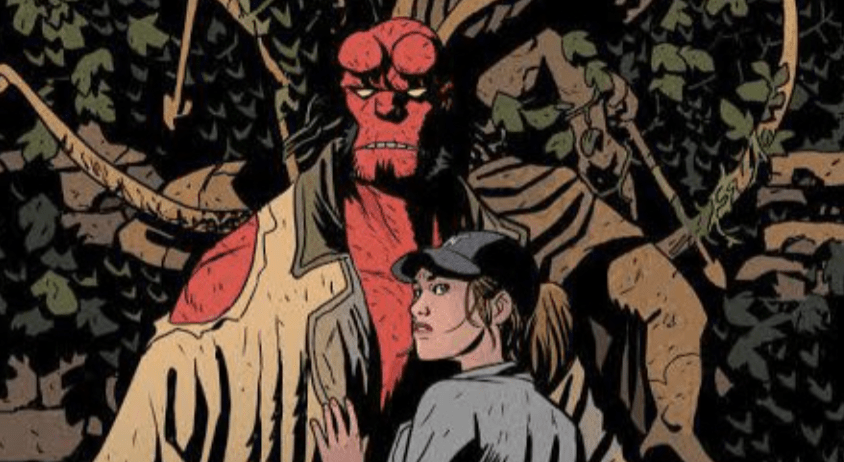
Even though Hellboy’s main story arc reached its conclusion, his legacy continues to expand.
The B.P.R.D. series, spin-offs like Lobster Johnson and Sir Edward Grey: Witchfinder, and
new adaptations keep his world alive. Hellboy remains an influential character not just in
comics but also in film, animation, and literature.
His ability to stand apart from mainstream superhero comics has ensured that he remains
fresh and relevant. Unlike characters who get rebooted constantly, Hellboy’s story has a clear
progression, making his journey feel meaningful and complete.

